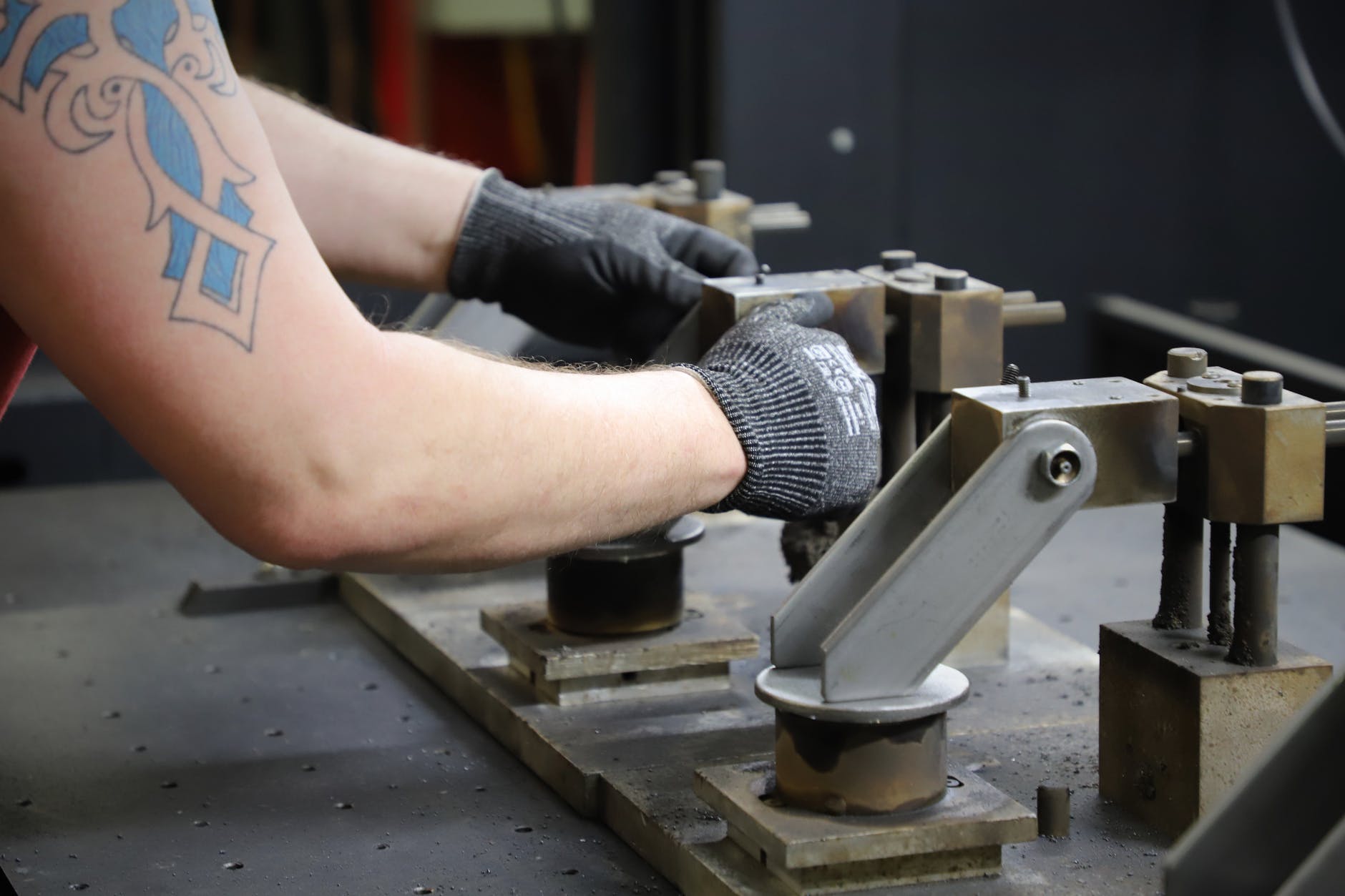6 Ways to Keep Your Manufacturing Equipment Running Smoothly
Maintaining your manufacturing equipment is critical to keeping your business streamlined. However, if your machines are not working correctly, it can cause production delays and lost profits. In this blog post, we will discuss six ways to keep your equipment running smoothly. Follow these tips, and you will avoid costly repairs and downtimes.
Keep your machines clean
Dirt, debris, and dust can cause your equipment to run inefficiently or stop altogether. Dirt can get into gears and motors and lead to overheating, which will cause significant downtime. In addition, dust can clog up filters in fans and air conditioners essential for cooling down machinery during hot summer months when temperatures rise inside manufacturing plants. Therefore, it is vital to clean the outside and underneath all machines at least once every two weeks with a vacuum cleaner attachment hose or compressed air depending on what type of surface you have access to (i.e., concrete flooring vs carpeted floors), you might also want to look intowhat's vapor honing. The critical point here is keeping things clean, so they don’t break down prematurely due to dirt buildup over time!
Lubricate your machines
Lubricating your machines is another way to keep them running smoothly. This should be done regularly, primarily if the machine is used often. Machines that are notlubricated can heat up faster and lead to mechanical failures. The best time to lubricate a machine is when it is cold, so make sure you do this before starting your shift in the morning or after shutting down for the night. It’s also essential to use the correct type of oil for each machine; consult your equipment manual for specific instructions. Also, be sure to wipe off any excess oil after lubricating your machines, as this can also lead to problems down the road.
Invest in regular maintenance.
Investing in regular maintenance is one of the best ways to keep yourequipment running smoothly. This includes checking for signs of wear and tear, cleaning parts that have become dirty over time (such as filters or fans), inspecting seals on hydraulic hoses and fittings periodically throughout their service life span, keeping track of any repairs done so you don’t forget about them when it comes time for an annual inspection. If something breaks down unexpectedly during operation, there will be less downtime because someone else caught these issues before they became significant problems costing thousands!
It is essential to invest in regular maintenance to avoid costly repairs and downtimes. One way this can be accomplished is by doing a visual inspection every six months or so–looking for things like excessive wear and tear, rust, cracks, or any other signs that might indicate a problem. You can also take care of some preventative maintenance tasks yourself, such as cleaning filters regularly and lubricating your machines when needed.
Keep records of all repairs
Keeping track of all repairs is another way to ensure that your equipment runs smoothly. This will help you keep tabs on any potential problems with your machines and catch them before they become more significant issues. It is also a good idea to keep records of the type of maintenance that has been done and the dates when it was performed. This can be helpful when it comes time for an annual inspection or if you need to have a machine repaired. Again, having this information readily available can save you time and hassle.
Follow the manufacturer’s instructions
Finally, it is essential to always follow the manufacturer’s instructions for operating and maintaining your machines. This will ensure that they run as efficiently as possible and last long. Skipping steps or not following directions can lead to problems down the road. So be sure to read your equipment manual carefully, and if you have any questions, don’t hesitate to contact your supplier or the manufacturer directly.
Use the right tools for the job
Another way to keep your equipment running smoothly is by using the right tools for the job. This might seem like common sense, but it’s easy to forget when you’re in a hurry or if you’re not familiar with a particular machine. Also, ensure you use proper safety gear, such as goggles and gloves when working on devices. And be sure to use the correct tool for the task at hand–a wrench for tightening bolts, a screwdriver for screws, etc.–to prevent damage to the equipment.
There are several ways to keep your manufacturing equipment running smoothly. By following these tips, you can avoid costly repairs and downtimes and ensure that your machines run efficiently for years to come.
839GYLCCC1992


 Photo by
Photo by 
Leave a Reply